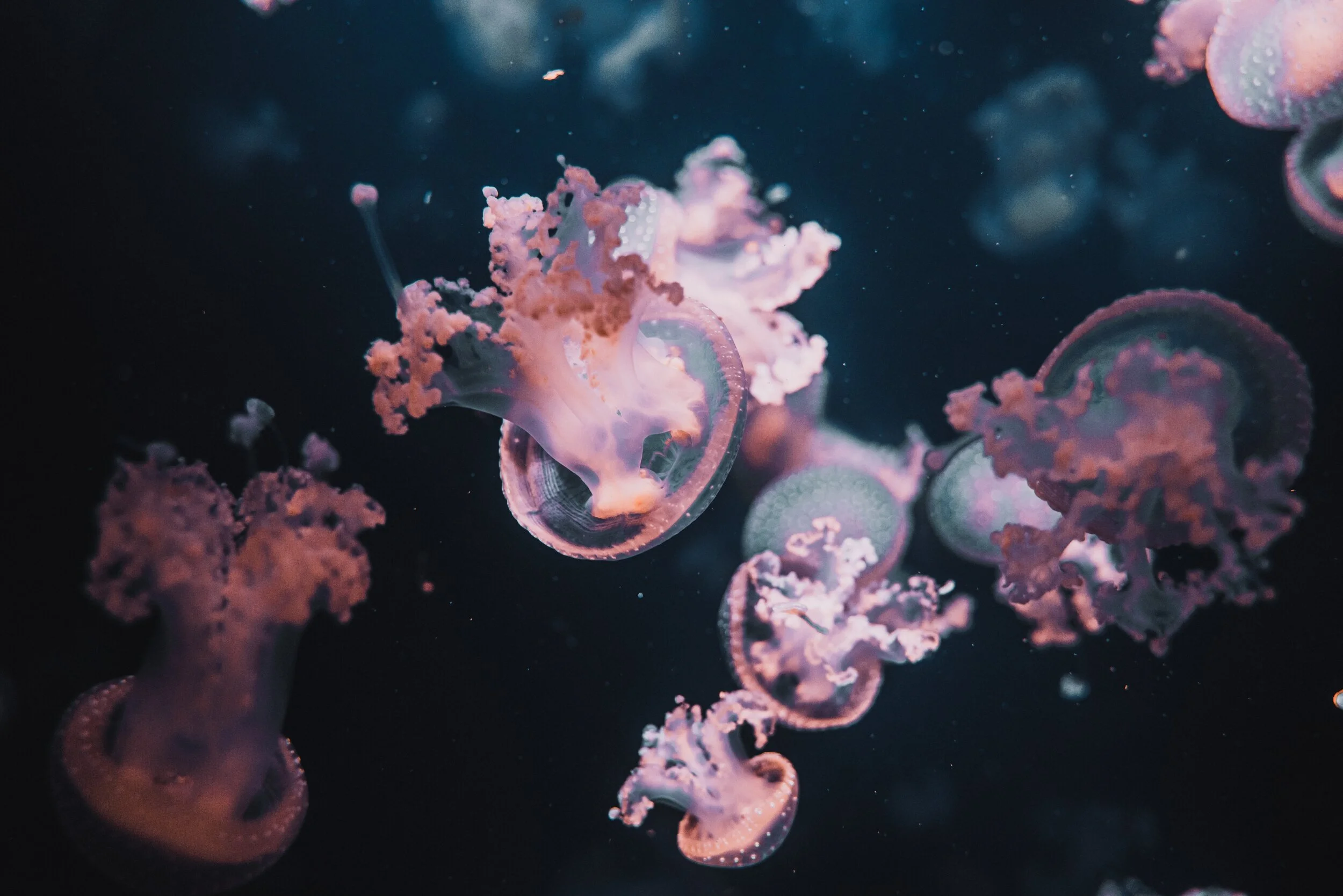
Unit 11: Conservation of Angular Momentum
Practice Problems

Note: problem difficulty is ranked using a star system.
(*) One-star problems are fundamental to the unit, and can be done relatively quickly. Use these problems to introduce yourself to the material.
(**) Two-star problems are more difficult, and require an understanding of one or two key concepts. Use these problems to test your understanding of the material.
(***) Three-star problems are the most difficult, and require some creative thinking in addition to a deep familiarity with multiple key concepts. Use these problems to challenge yourself; if you can complete one of these, you’re on your way to mastering the material.
*Q11.1) A thin hoop of mass 10kg and radius 5cm rolls at a constant 120rpm. How much angular momentum does it have? Note: the moment of inertia of a thin hoop can be found using I = mr².
***Q11.3) A figure skater tucks in his arms as he spins, reducing his moment of inertia by 30%.
a) Does his angular velocity change? If so, does it increase or decrease and by what percentage?
b) Does his rotational kinetic energy change? If so, does it increase or decrease and by what percentage?
**Q11.2) Two solid cylinders rotate independently around a shared axis as shown below. The smaller of the two has a mass of 10kg, a radius of 10cm, and an angular velocity of 10rpm. The larger one has double the mass, radius, and angular velocity of the smaller. The smaller cylinder is lowered onto the larger cylinder so that they come into contact without slipping and begin rotating with a shared angular velocity. Find this final angular velocity.


